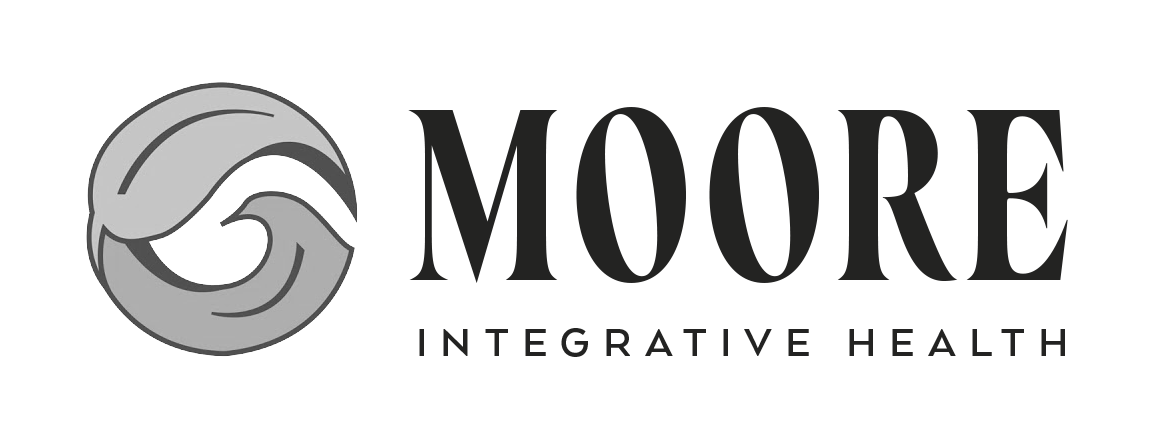Allostatic Load in Women: The Unseen Weight on Well-Being
In the intricate tapestry of a woman's life, maintaining balance is an ongoing challenge. Juggling the demands of career, relationships, and personal growth can take a toll, often leaving an invisible mark on overall well-being. This hidden burden is known as allostatic load, a concept that holds profound implications for women's health. In this exploration, we unravel the layers of allostatic load, its impact on women, and the importance of addressing it for holistic well-being.
Understanding Allostatic Load: Beyond Everyday Stress
Allostatic load refers to the cumulative wear and tear on the body as it constantly adapts to stressors. Unlike acute stress, which is a natural and necessary part of life, chronic stressors can lead to a prolonged activation of the body's stress response systems. These continuous adaptations, while initially protective, can become detrimental over time.
1. The Stress Response Systems: Guardians Turned Burden
Our bodies are equipped with intricate stress response systems, including the hypothalamus-pituitary-adrenal (HPA) axis and the sympathetic nervous system. These systems, designed to protect us in times of danger, can become overactive when exposed to chronic stressors, contributing to allostatic load.
2. Hormonal Impact: The Endocrine Symphony Unraveled
The hormonal orchestra, led by cortisol and other stress-related hormones, plays a crucial role in responding to stress. However, when these hormones are in constant flux due to chronic stress, they can disrupt reproductive hormones like estrogen and progesterone, impacting menstrual cycles, fertility, and overall hormonal balance.
3. Immune System Conundrum: Balancing Act on the Edge
Chronic stress weakens the immune system's ability to defend the body, making women more susceptible to infections and autoimmune conditions. The delicate balance between immune vigilance and self-tolerance is disrupted, contributing to the overall burden of allostatic load.
The Allostatic Load Gender Gap: Unveiling Women's Unique Challenges
1. Life Transitions: Navigating Hormonal Storms
Women navigate unique life transitions, from puberty and menstrual cycles to pregnancy, childbirth, and menopause. Each stage introduces its own set of stressors, and the body's response to these transitions contributes to the allostatic load.
2. Social and Cultural Factors: The Weight of Expectations
Societal expectations and gender roles can add layers to women's allostatic load. Balancing career, family, and personal aspirations often involves navigating a complex web of expectations, impacting mental and emotional well-being.
3. Reproductive Health Challenges: The Silent Contributors
Conditions like polycystic ovary syndrome (PCOS), endometriosis, and hormonal imbalances can increase allostatic load in women. These challenges not only introduce physical stressors but also add emotional and psychological burdens.
Consequences of Untamed Allostatic Load: A Health Odyssey
1. Mental Health Toll: From Resilience to Exhaustion
Chronic stress, a significant contributor to allostatic load, is closely linked to mental health challenges. Anxiety, depression, and burnout can manifest when the body's stress response systems are perpetually activated, leading to emotional exhaustion.
2. Cardiovascular Implications: The Heart Weighs In
Allostatic load contributes to cardiovascular risk factors, including high blood pressure, inflammation, and metabolic disturbances. Women facing prolonged stress may find themselves at an increased risk of heart disease.
3. Reproductive Ramifications: Fertility and Beyond
Allostatic load can impact reproductive health, influencing menstrual regularity, fertility, and the overall hormonal balance crucial for women's well-being. Chronic stress may contribute to irregular cycles, ovulatory dysfunction, and difficulties in conceiving.
Addressing Allostatic Load: The Holistic Path to Resilience
1. Mind-Body Practices: Nurturing Equilibrium
Incorporating mind-body practices such as meditation, yoga, and mindfulness into daily routines can help recalibrate the stress response systems. These practices foster resilience, allowing women to navigate stressors with greater ease.
2. Social Support: The Armor Against Stressors
Building a robust support system can significantly alleviate allostatic load. Strong social connections provide emotional and practical support, acting as a buffer against the impact of chronic stressors.
3. Holistic Nutrition: Fueling Resilience from Within
A nutrient-dense, balanced diet plays a crucial role in supporting the body's resilience to stress. Nutrients like omega-3 fatty acids, antioxidants, and adaptogens can contribute to hormonal balance and overall well-being.
4. Hormone Health Awareness: Empowering Women
Educating women about the intricacies of hormone health and the impact of stress on hormonal balance empowers them to make informed lifestyle choices. This awareness lays the foundation for proactive well-being.
Empowering Women on the Path to Well-Being: A Call to Action
Understanding and addressing allostatic load is not just a health strategy; it's a transformative journey toward well-being. As women navigate the complexities of life, acknowledging and actively managing allostatic load becomes a cornerstone of resilience and vitality.
In embracing holistic approaches, fostering social connections, and prioritizing self-care, women can reclaim balance and navigate life's challenges with grace. Allostatic load, though unseen, need not be an insurmountable weight. It's an invitation to a journey of self-discovery and well-being—an invitation women are uniquely equipped to accept. To learn more about how we can help you address and lower your allostatic load, schedule a free 15-minute consultation via the link below! We’d love to support you on your journey.

